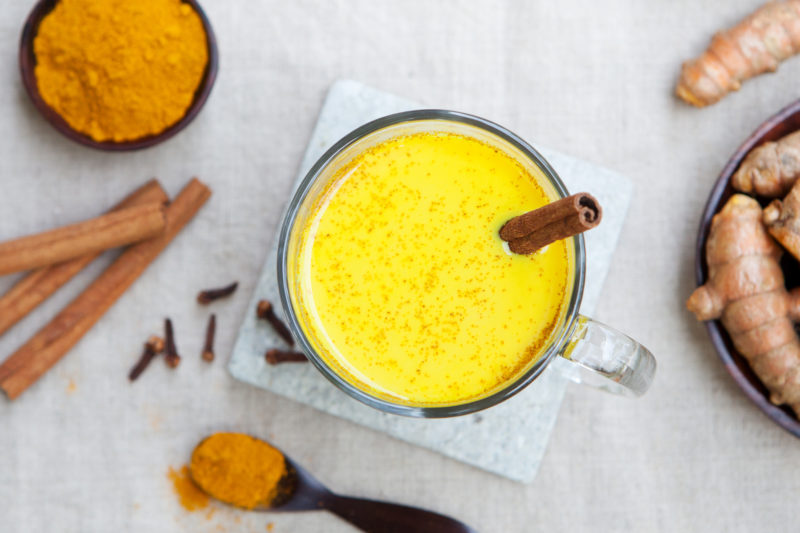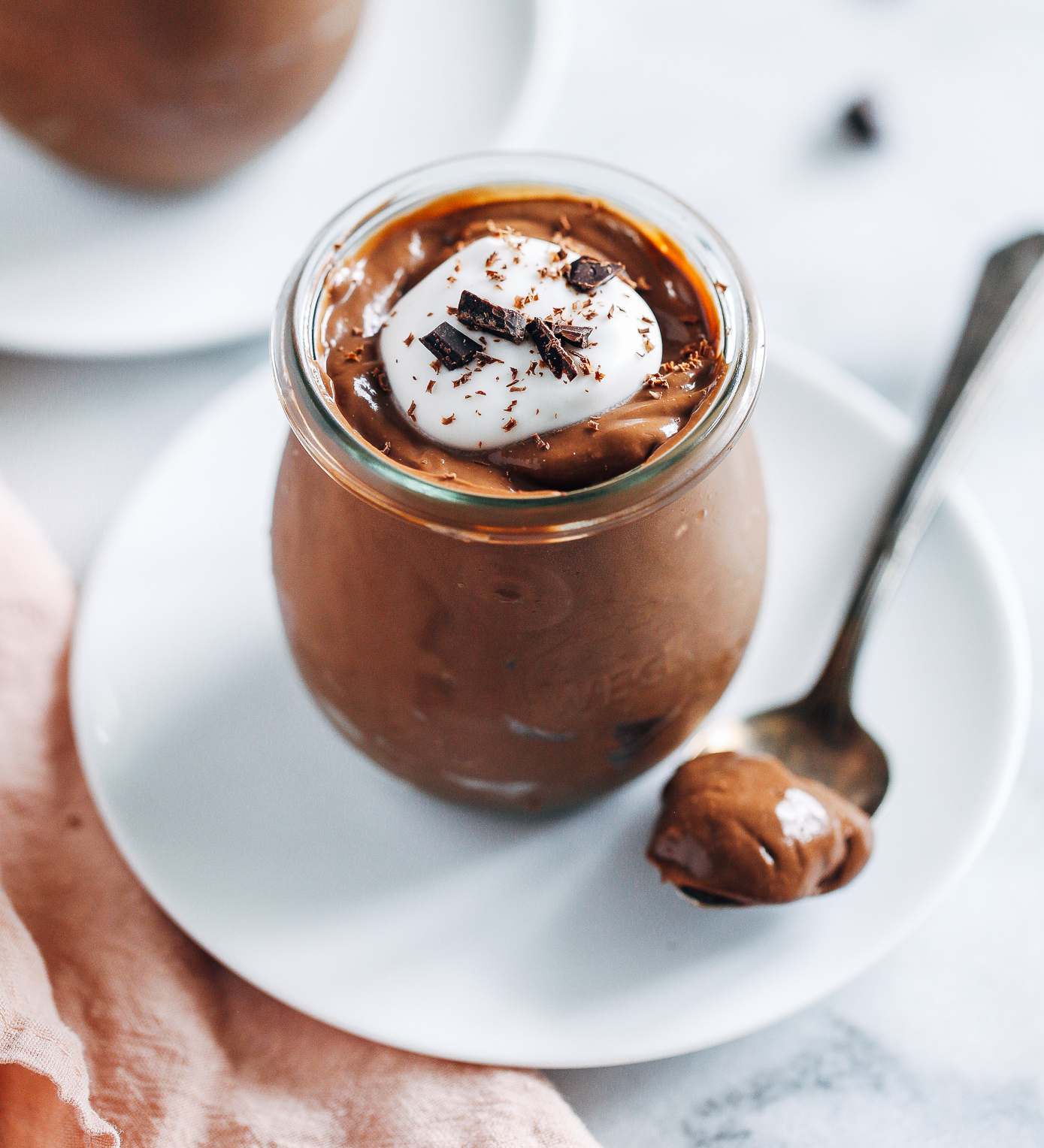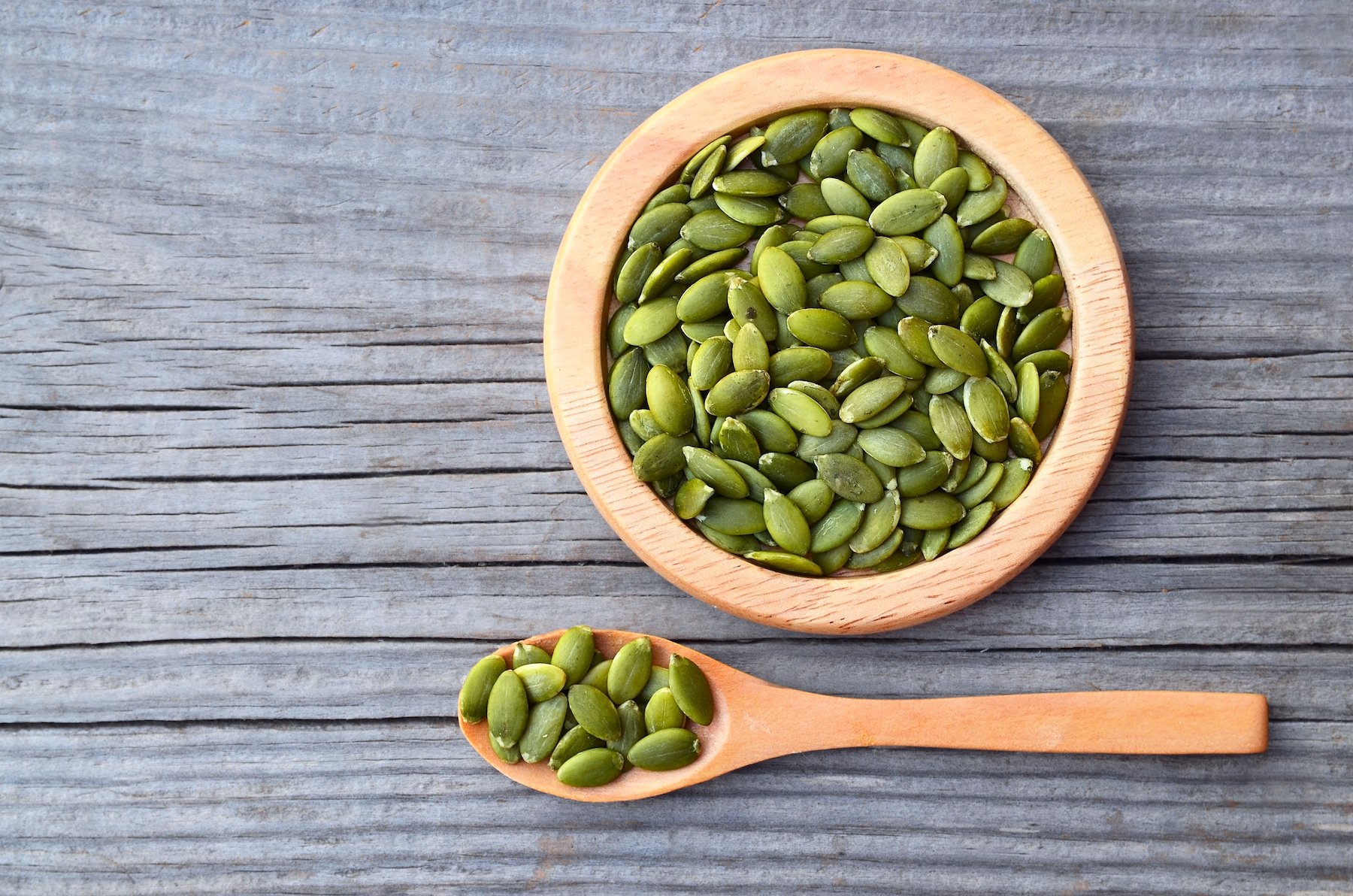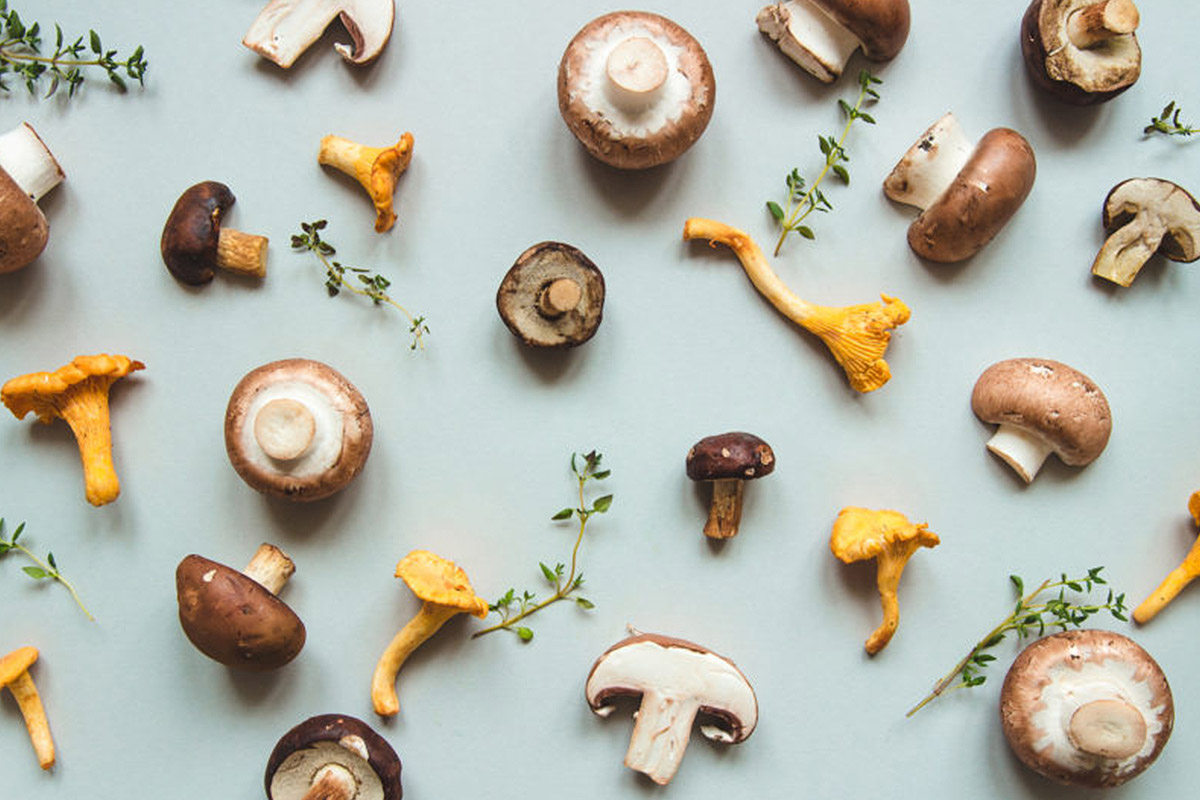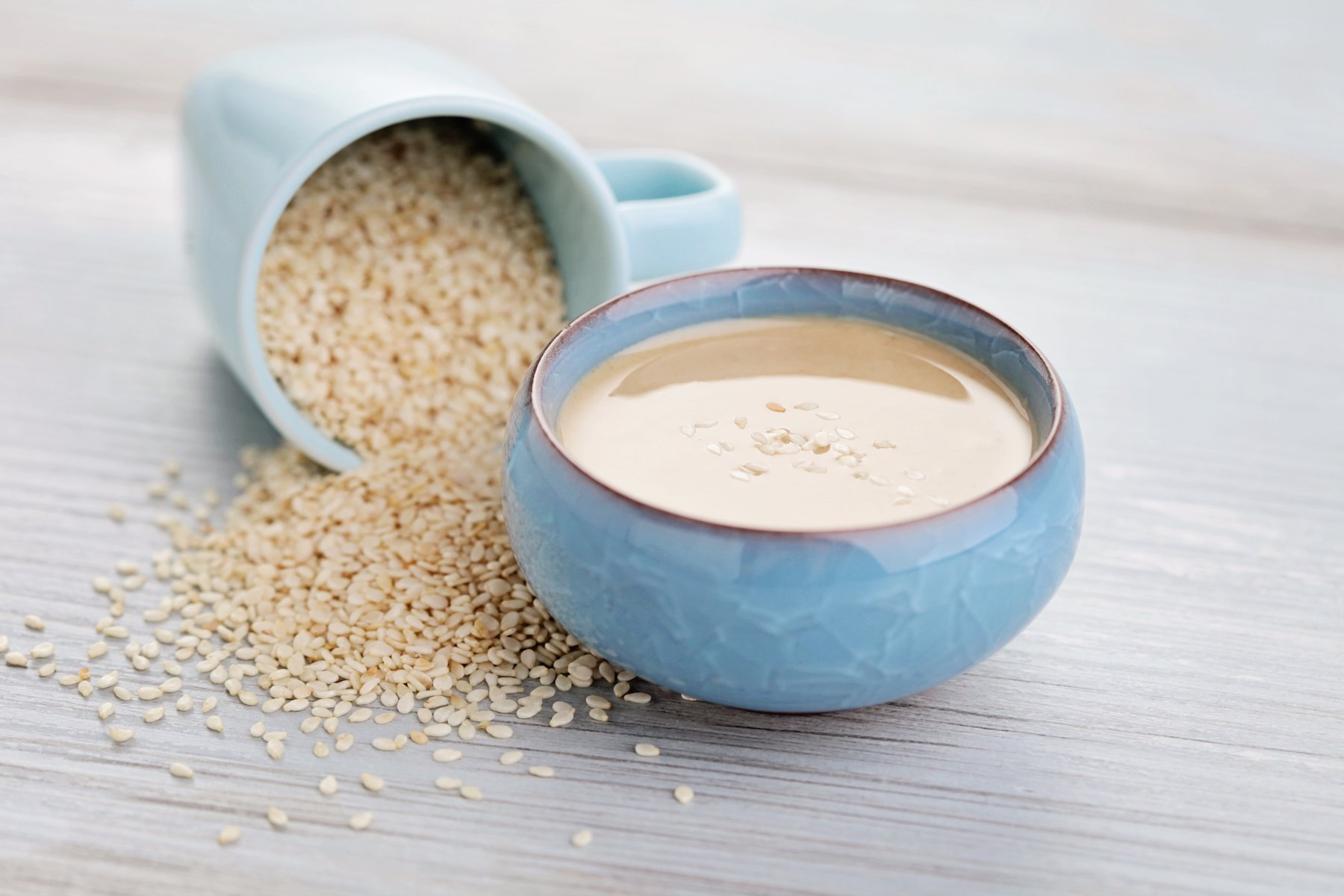The Basics of Turmeric
Cut into fresh turmeric, and you’ll see that famous brilliant orange or yellow flesh. But those colored pigments aren’t just for show—they’re also the disease-fighting anti-inflammatory antioxidants that make turmeric so powerful.
“Metabolic diseases, at their core, are inflammatory diseases. Turmeric’s metabolic benefit is its ability to reduce that disease-driving inflammation.”
Turmeric, or Curcuma longa, is a rhizome, or rootstalk, and is part of the ginger family. Turmeric has been used as an ingredient to promote health and wellness for thousands of years and has a strong background in Ayurvedic and Chinese medicine. Historically, it was used to temper inflammation, treat liver and digestive illnesses, and improve wound healing.
Today, turmeric is known for being one of the most antioxidant-rich foods, crucial for good metabolic health because the root’s compounds help inhibit inflammation and may better control blood sugar.
Turmeric’s Metabolic Punch
The key metabolically beneficial compound in turmeric is curcumin. This chemical from the curcuminoid family gives turmeric its golden hue, but it also has potent anti-inflammatory and antioxidant properties. Up to about 5% of raw turmeric is curcumin. Other active ingredients include volatile oils like turmerone, atlantone, and zingiberene.
Research shows that curcumin can inhibit a protein that turns on pro-inflammatory genes called NF-κB (nuclear factor kappa B). Metabolic diseases, at their core, are inflammatory diseases. Turmeric’s metabolic benefit is its ability to reduce that disease-driving inflammation.

Inflammation and glucose levels: How high blood sugar can turn a good system bad
Inflammation helps heal your body, but chronic inflammation can cause serious damage. Here’s how a healthy lifestyle—including a low-sugar diet—can help keep it in check.
Read the ArticleWhat’s more, with high antioxidant activity, turmeric counteracts damaging free radicals, those unpaired electrons that promote disease and aging. Curcumin may also play a role in fat metabolism to guard against metabolic syndrome. Finally, there’s also some preliminary evidence in animals that it may also improve insulin response and the function of pancreatic beta cells, which are the cells that release insulin.
One of the most well-studied uses of curcumin is pain relief. One trial in 2019 compared a dose of 500mg curcumin extract with a common non-steroidal anti-inflammatory drug (NSAID) in the treatment of osteoarthritis. The result? After two to four weeks, both groups had similar levels of pain reduction, possibly because curcumin acts as a COX-2 inhibitor, which suppresses the production of prostaglandins, lipids involved in pain. But where NSAIDs can damage stomach lining in long-term use, the curcumin extract also has fewer gastrointestinal side effects.
For your brain, curcumin not only quells neuroinflammation, but animal trials show it also increases BDNF (brain-derived neurotrophic factor), considered the “Miracle-Gro” of the brain. In addition, curcumin may protect against oxidative damage that leads to the death of neural cells, and its anti-inflammatory and antioxidant properties may benefit cognition—though more research, particularly in humans, is needed.
Turmeric Buying Advice
You can get the health benefits from turmeric in a few ways. One is via fresh turmeric root. Look for this in the produce section of some grocery stores near the fresh ginger root. Some farmer’s markets may also sell turmeric root. Or, you can search online to find a farm that ships it in bulk to your home (our co-founder Dr. Casey likes the organic turmeric from this farm).
You can also purchase jarred ground spice in the spice aisle. The powder may also be available for purchase in larger bags from health food stores.
Lastly, there are also curcumin supplements, which will offer the most potent dose of curcumin. Ensure that you purchase any supplement from a reliable, reputable brand that conducts third-party testing, which verifies exactly what’s in the supplement and ensures that it’s free from contaminants.
If you can find it, the benefit of using the fresh root is that it’s a whole food. When you take a supplement, you’re likely taking a turmeric or curcumin extract. In targeting one compound (e.g., curcumin), you may be missing out on the thousands of other potentially beneficial phytonutrients (plant chemicals) that are present in the root. You’ll also miss out on the fiber from the fresh root if you consume turmeric as a ground spice or supplement. Each form has its pros and cons. To figure out which one is right for you, think about what your goals are with taking it. For example, for overall wellness, you might go for the fresh root. For targeted pain relief, a supplement may be a good option. Also, if you’re incorporating it into food, you should know turmeric powder lends an earthy taste, and the root can be a bit bitter and peppery.
Tips for Using Turmeric
Enhance with pepper. Curcumin isn’t well absorbed in the blood. To enhance your body’s ability to use it, pair turmeric with black pepper. Black pepper contains a chemical called piperine, which can boost the absorption of curcumin by 2,000 percent. (Pro tip: The powerful combo has also been found to improve recovery from muscle damage following intense bouts of physical activity compared to placebo.)
Store turmeric in your freezer. Stash the whole root in a reusable freezer-safe bag and take out what you need on-demand. Or, whirl the fresh root in a food processor until it’s grated and freeze in ice cube containers. You can use frozen root in a high-powered blender, as well as cook with frozen grated turmeric.
Feel comfortable cooking. Research shows that antioxidants remain in turmeric even after boiling or roasting. If you’re choosing a cooking method for your dish, boiling preserves antioxidants better than roasting. One idea: When cooking rice, toss in several shakes of turmeric spice into the cooking liquid.
Use a generous amount, at least in culinary applications. So when you’re adding to a smoothie—one of the most delicious ways to enjoy fresh turmeric root—you can throw in three or four inches of the fresh root without it overwhelming the drink. (Note that we don’t have extensive safety data on maximum doses, and little is known about whether it’s safe to use turmeric in amounts greater than those commonly found in food while breastfeeding.)
Turmeric Ideas
- Toss grated fresh or ground turmeric into curries and stir-fries.
- Whip up a “golden milk latte,” which is a combination of non-dairy milk along with spices, including turmeric, cinnamon, and nutmeg.
- Enhance whole grains by adding shakes of ground turmeric into the cooking water when making brown rice, farro, or quinoa. (Bonus: The spice will turn the water a beautiful yellow.)
- Warm-up with turmeric tea, which shines with fresh turmeric, a juiced lemon, and a pinch of pepper.
- Scramble eggs or tofu in turmeric. Whisk together eggs or tofu, turmeric, black pepper, and a tablespoon or two of water or coconut milk. Add mixture to the pan and stir to scramble eggs.
